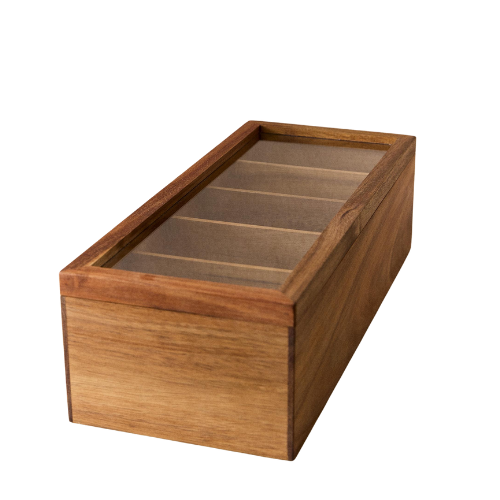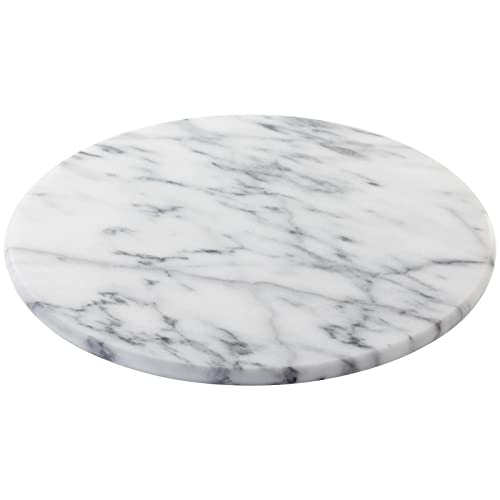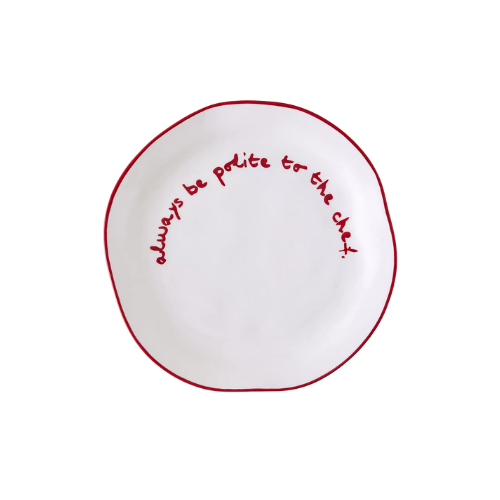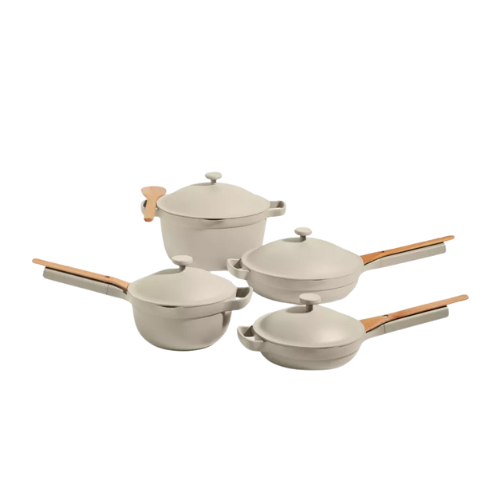5 Common Kitchen Cabinet Problems Experts Always See, and What You Should Do Instead
Don't fall victim to one of these cabinetry mistakes — kitchen experts advise the main issues they see time and again, and how to avoid them

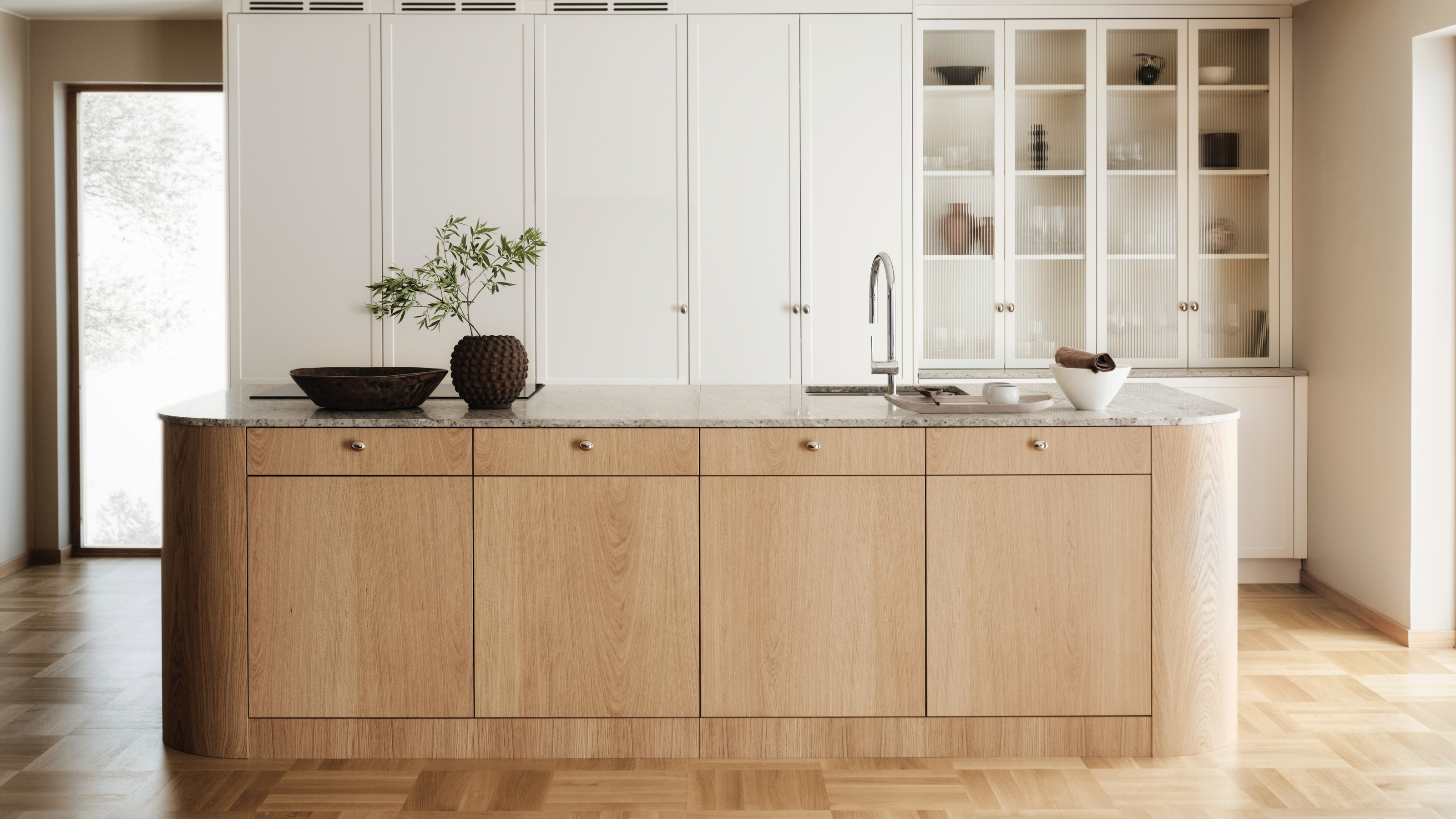
Well-crafted and maintained cabinetry is the backbone of a functional and beautiful kitchen, where everything has a place, and there is a place for everything: no creaky cupboards or black-hole drawers. But, as ever, there can be several obstacles standing in the way of achieving this dream, waiting to trip you up.
If you've already fallen for one of these five common kitchen cabinet errors, don't fret — we talked to the experts to find the best ways to solve them. Plus, if you're about to embark on a new kitchen design, what better way than to learn from the mistakes of others? After all, if their former slip-ups can help you avoid making the same mistakes, at least some good has come from it.
So, whether you need to know how to fix a kitchen cabinet or find out how to avoid one of the biggest cabinet mistakes, here's everything you need to know.
1. Overestimating Your Shelves
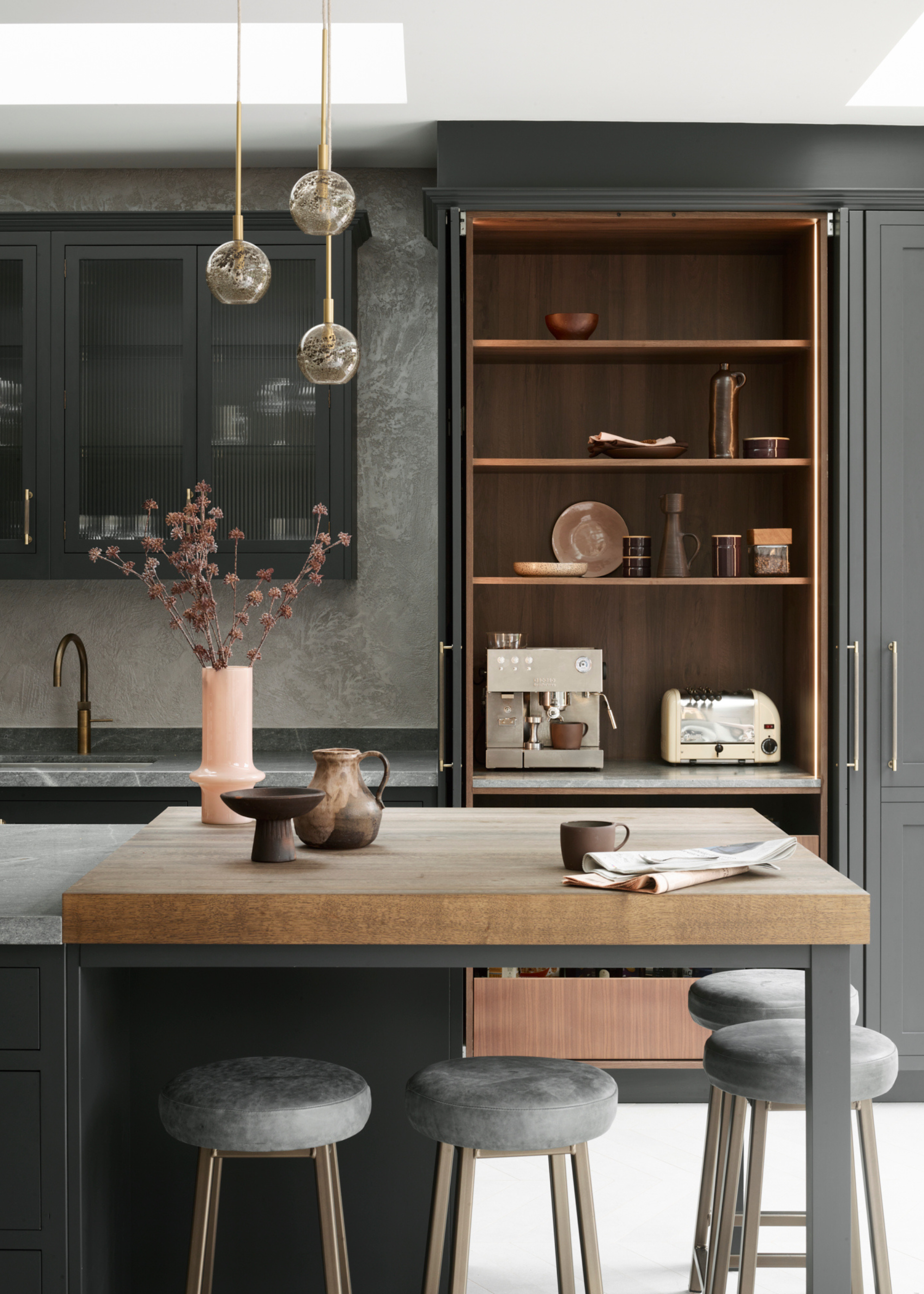
"The biggest mistake I see would be customers overloading shelves," shares Allison Lynch, from Roundhouse.
It's all too easy to get carried away with your shelving setup and attempt to load up your shelves with all your best dinnerware sets, and simply hope for the best.
But this mistake can quickly lead to disaster, as Allison describes, "The middle of the shelf might bow, so very heavy items piled high on a shelf that is not suitable is a major error."
In the worst-case scenario, this could impair the structural integrity of your shelving, potentially leading to collapse. And your favorite serving bowls won't look as beautiful as a smashed mess on the floor, trust me.
The Livingetc newsletters are your inside source for what’s shaping interiors now - and what’s next. Discover trend forecasts, smart style ideas, and curated shopping inspiration that brings design to life. Subscribe today and stay ahead of the curve.
Allison Lynch is a trained interior architect with a long-standing career in kitchen design. She has been with Roundhouse for over a decade, earning a stellar reputation among clients, many of whom return to her for a second bespoke kitchen after relocating.
2. Pesky Corner Spots
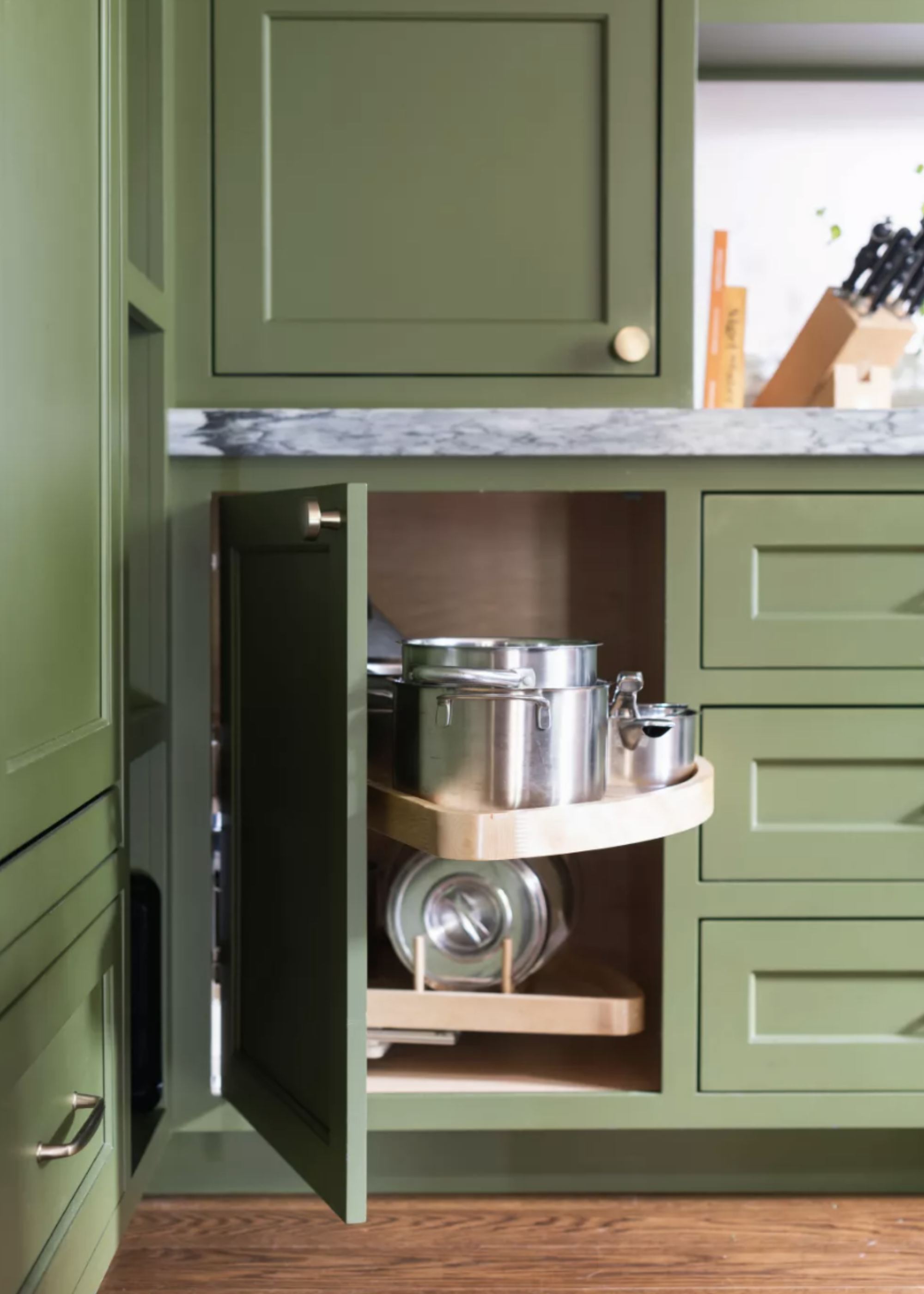
While some cabinet problems come from how you use your space, others are more integral, unavoidable structural issues, like the pervasive problem of how to organize a corner cabinet.
"Corners are often a trouble spot, with valuable space left inaccessible or awkward," comments Jonathan Mount, designer, co-founder, and managing director of Cor Domi.
Corner cabinets present issues of accessibility and are typically awkward spaces to use and organize. More often than not, they end up falling victim to clutter or acting as a hiding spot, where your kitchen utensils go to die.
This is just one of the typical problems surrounding functionality that is all too common in kitchen designs, as Matthew Andrews from Cor Domi says, "A few areas come up time and again, such as awkward layouts that don’t reflect how people cook or live, inaccessible corner cupboards, too much deep shelved storage with no internal organisation, and a general lack of functionality."
3. Lackluster LED Lights
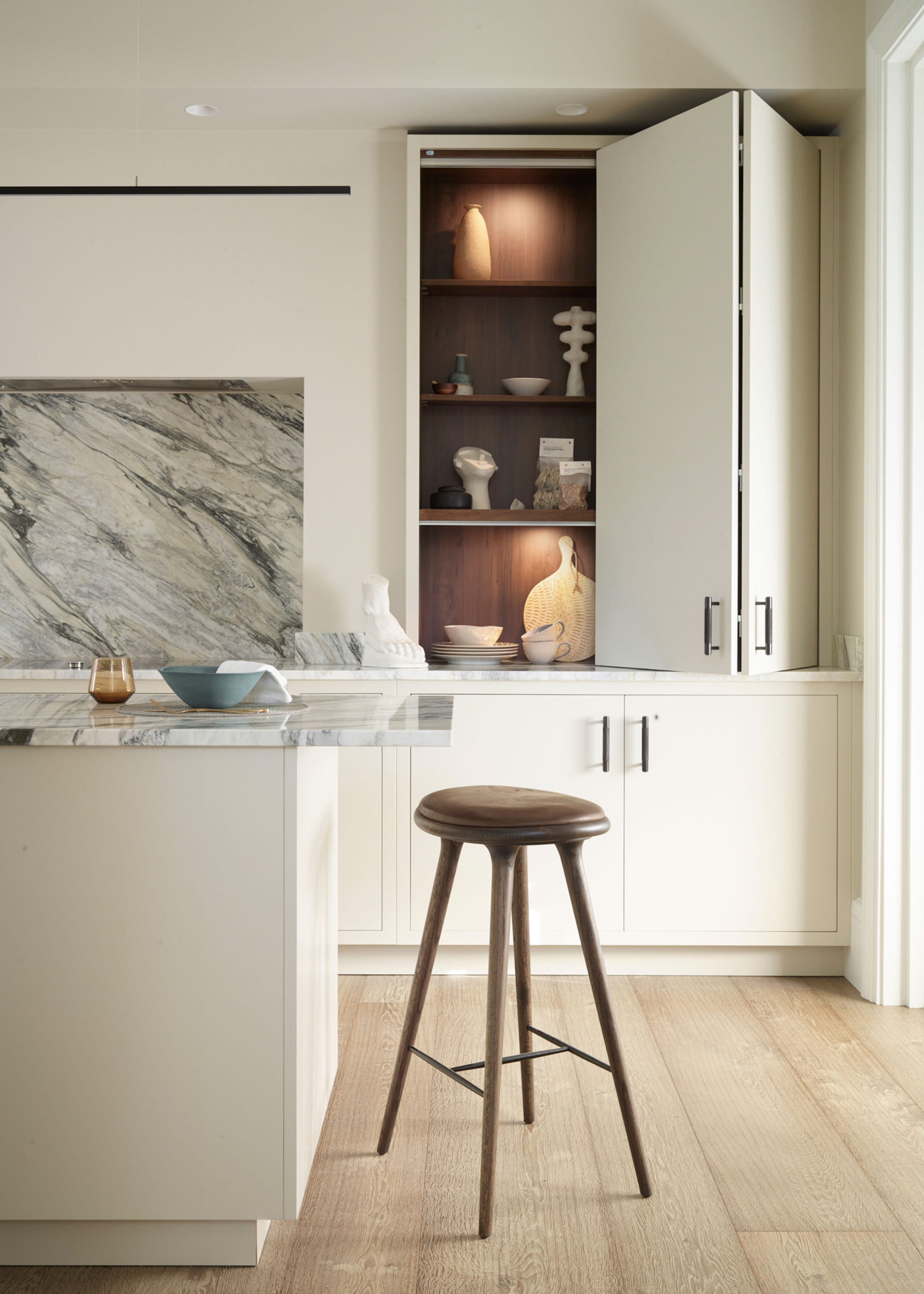
"Poorly integrated LED lighting is a common frustration," says Jonathan.
While the intent behind this mistake is generally admirable, adding LED lighting to your cabinetry can help to elevate both the functionality and style of your kitchen. When done wrong, it can frequently cheapen your space.
Jonathan explains, "It is often too cold, too harsh, or placed without any thought for how the kitchen is actually used."
4. Poor Pre-Planning

When you're designing a new kitchen, it's all too easy to take an aesthetics-first approach, neglecting the highly functional role these fittings will eventually have to play.
"One of the most common cabinet issues we see is poor internal storage; cabinets that look good from the outside but are difficult to access or simply a waste of space. It is often down to a lack of early planning. People get caught up in finishes and styles, but don’t give enough thought to how they will actually use the kitchen day to day," explains kitchen expert Richard Davonport, managing director at Davonport.
Even if the final result looks beautiful, when you get to organizing your space, you'll quickly recognize the errors of your ways; "The worst thing is getting to the end of your remodel and discovering you didn't think about where that large stock pot would be stored," says interior designer, Johanna Lyle.
Many standard cabinet sizes don't account for how to store pots and pans, leaving you with nowhere to place these bulky kitchen essentials.
For over three decades, Davonport has been crafting exquisite, bespoke kitchen designs for a discerning clientele. As a British kitchen manufacturer, each project they undertake is a unique endeavor, driven by a singular ambition: to create an ideal space that perfectly complements your lifestyle.
5. Chipped and Squeaky Cabinets
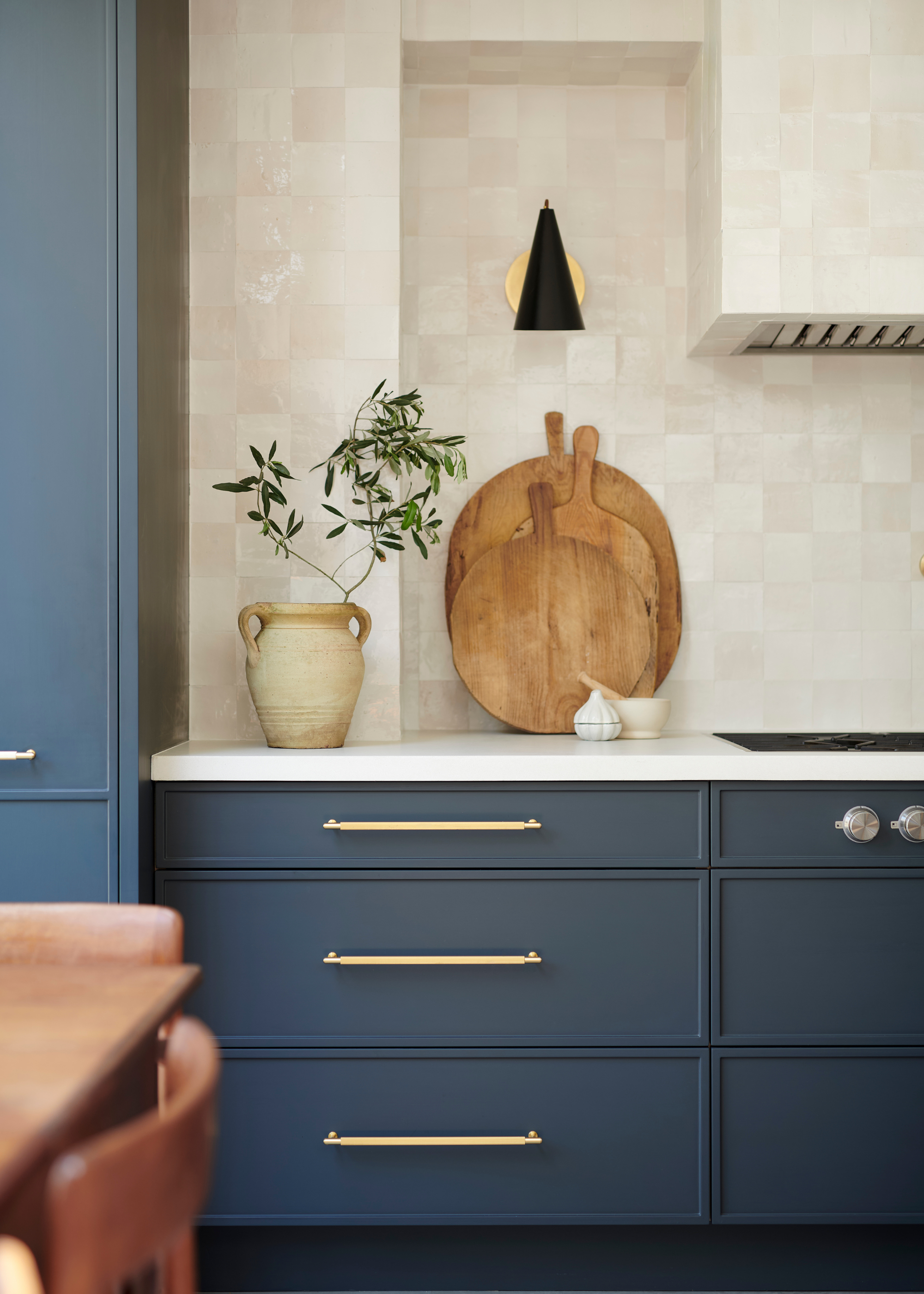
"We often hear from people whose kitchen cabinet doors have warped or chipped after just a few years," notes Richard.
The biggest kitchen cabinet problem may not always reveal itself instantly; some only rear their heads after a few months, or even years of use. But once you spot them, they'll become all you see.
Richard explains the problem, saying, "This usually comes down to the quality of the materials used or a mismatch between the kitchen’s layout and its use, like a heat source too close to a tall larder, or inadequate ventilation."
Similarly, skimping on the hardware can also cause issues over time, leaving you with irritatingly creaky drawers and cupboards.
With these potential problems in mind, you can now safely set out to design your kitchen cabinets with both function and beauty in equal measure.
But, if you're still looking for some inspiration, why not consider these mix-and-match kitchen cabinet ideas — it's quickly become my favorite way to create a more layered, complex design.

Maya Glantz is a Design Writer at Livingetc, covering all things bathrooms and kitchens. Her background in Art History informed her love of the aesthetic world, and she believes in the importance of finding beauty in the everyday. She recently graduated from City University with a Masters Degree in Magazine Journalism, during which she gained experience writing for various publications, including the Evening Standard. A lover of mid-century style, she can be found endlessly adding to her dream home Pinterest board.
